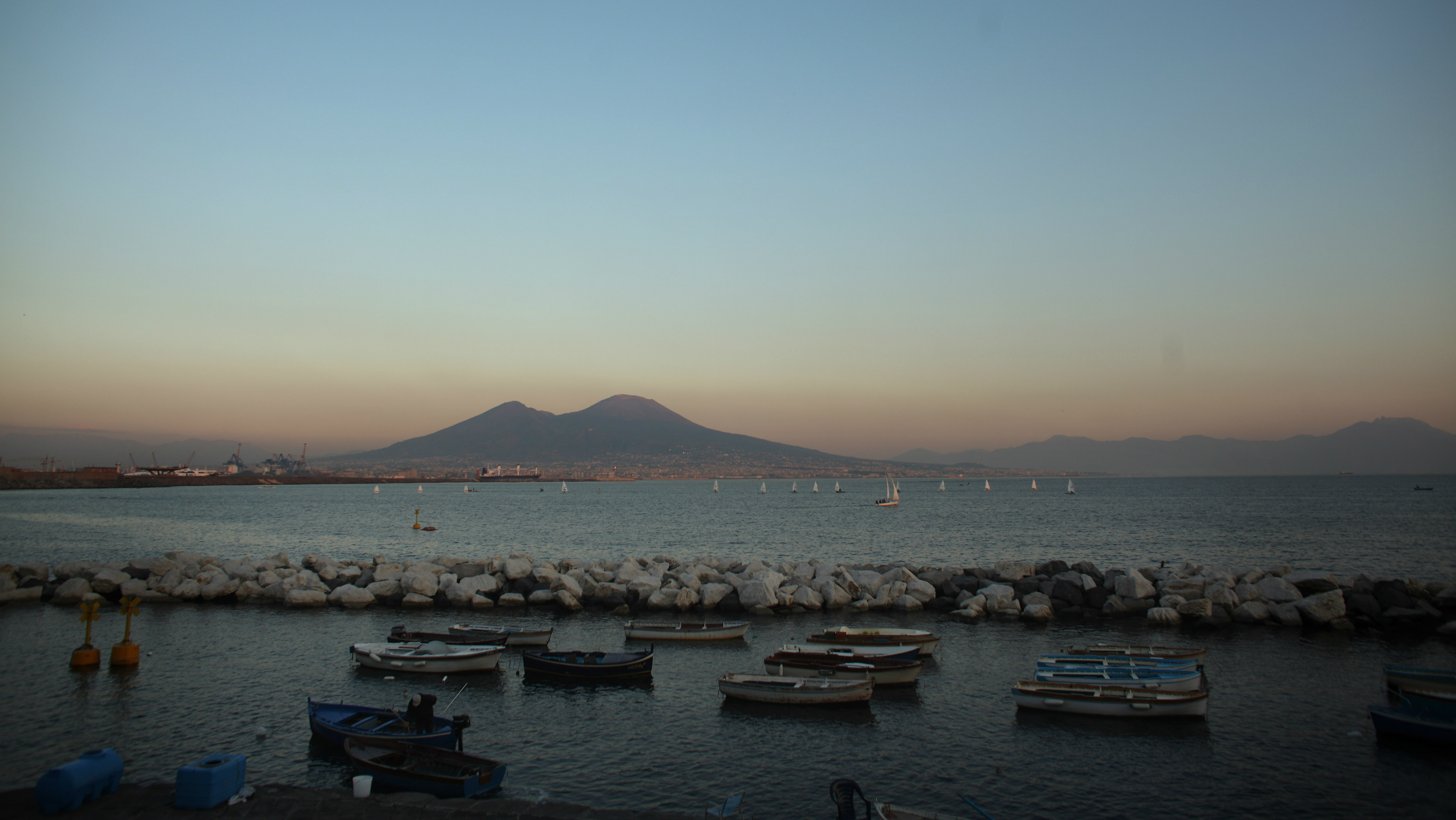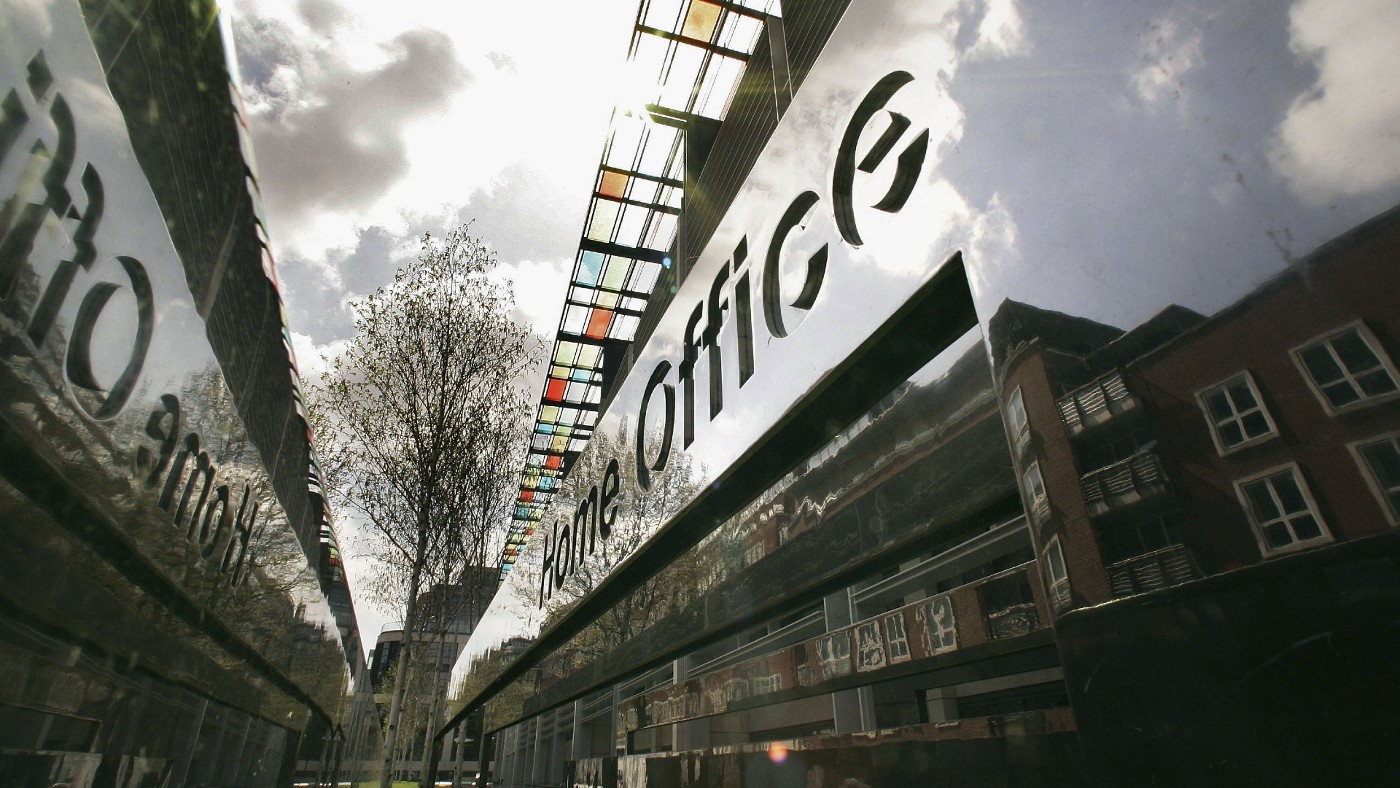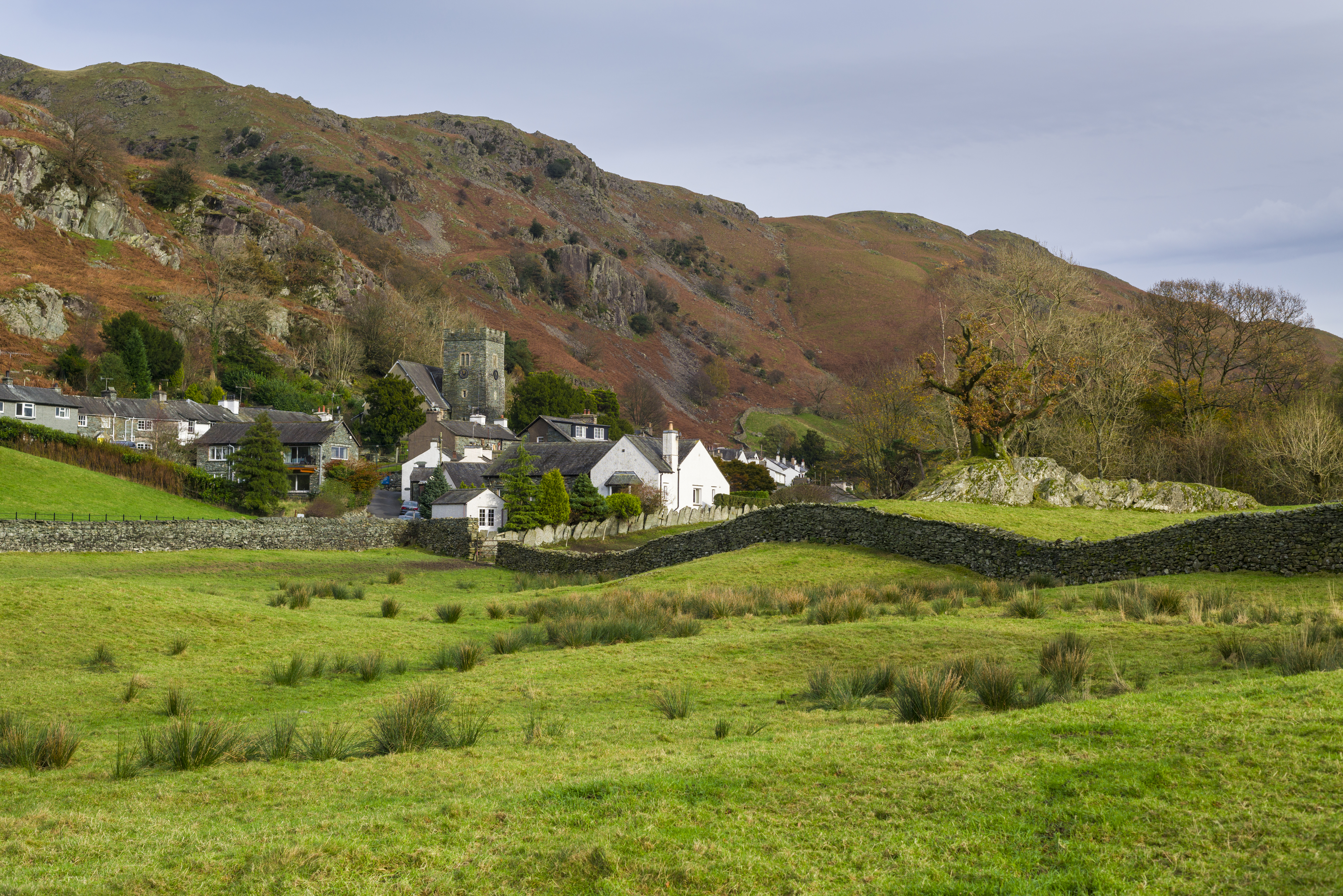Vesuvius's big brother is starting to wake, say scientists
Rising magma levels said to be reaching critical levels under the Phlegraean Fields super-volcano

Mount Vesuvius's bigger and meaner neighbour could be gearing up for an explosion, researchers warn.
The 39,000-year-old Phlegraean Fields, home to one of the world's caldera super-volcanoes, has not erupted for hundreds of years. However, a new study says pressure created by rising magma could be reaching a critical point, The Times reports. It last erupted in 1538, with minor impact, and has been quiet for centuries. But it has become restless over the past 60 years, most notably in 1983-84, when the ground around it rose by almost six feet and thousands of earthquakes reverberated across the region.
Scientists now fear worse could be on the way. The volcano, which lies 15 miles from Naples, is releasing increasing amounts of carbon monoxide and boiling mud and small tremors can be felt, according to a study published in the Nature Communications journal.
The Week
Escape your echo chamber. Get the facts behind the news, plus analysis from multiple perspectives.

Sign up for The Week's Free Newsletters
From our morning news briefing to a weekly Good News Newsletter, get the best of The Week delivered directly to your inbox.
From our morning news briefing to a weekly Good News Newsletter, get the best of The Week delivered directly to your inbox.
In 2012, Italian authorities raised the threat level from green to yellow, necessitating active scientific monitoring.The volcano lies an hour's drive from Vesuvius, which destroyed the Roman settlement of Pompeii and its surrounding cities when it exploded more than 2,000 years ago. An eruption by the Phlegraean Fields could be far worse, researchers say. The volcano system was born 39,000 years ago in explosive fashion, when a blast expelled hundreds of miles of lava and rock into the air.
Scientists believe the explosion was Europe's largest in 200,000 years and may have contributed to the demise of the continent's last Neanderthals, the Times says. The area is now a regional park, filled with hot springs and geysers, and home to around 500,000 people. The system so awed the Romans that they referred to its Lake Avernus crater as the mouth of Hades, according to the Daily Mail.
A free daily email with the biggest news stories of the day – and the best features from TheWeek.com
-
 A luxury walking tour in Western Australia
A luxury walking tour in Western AustraliaThe Week Recommends Walk through an ‘ancient forest’ and listen to the ‘gentle hushing’ of the upper canopy
-
 What Nick Fuentes and the Groypers want
What Nick Fuentes and the Groypers wantThe Explainer White supremacism has a new face in the US: a clean-cut 27-year-old with a vast social media following
-
 5 highly amusing cartoons about rising health insurance premiums
5 highly amusing cartoons about rising health insurance premiumsCartoon Artists take on the ACA, Christmas road hazards, and more
-
 Home Office worker accused of spiking mistress’s drink with abortion drug
Home Office worker accused of spiking mistress’s drink with abortion drugSpeed Read Darren Burke had failed to convince his girlfriend to terminate pregnancy
-
 In hock to Moscow: exploring Germany’s woeful energy policy
In hock to Moscow: exploring Germany’s woeful energy policySpeed Read Don’t expect Berlin to wean itself off Russian gas any time soon
-
 Were Covid restrictions dropped too soon?
Were Covid restrictions dropped too soon?Speed Read ‘Living with Covid’ is already proving problematic – just look at the travel chaos this week
-
 Inclusive Britain: a new strategy for tackling racism in the UK
Inclusive Britain: a new strategy for tackling racism in the UKSpeed Read Government has revealed action plan setting out 74 steps that ministers will take
-
 Sandy Hook families vs. Remington: a small victory over the gunmakers
Sandy Hook families vs. Remington: a small victory over the gunmakersSpeed Read Last week the families settled a lawsuit for $73m against the manufacturer
-
 Farmers vs. walkers: the battle over ‘Britain’s green and pleasant land’
Farmers vs. walkers: the battle over ‘Britain’s green and pleasant land’Speed Read Updated Countryside Code tells farmers: ‘be nice, say hello, share the space’
-
 Motherhood: why are we putting it off?
Motherhood: why are we putting it off?Speed Read Stats show around 50% of women in England and Wales now don’t have children by 30
-
 Anti-Semitism in America: a case of double standards?
Anti-Semitism in America: a case of double standards?Speed Read Officials were strikingly reluctant to link Texas synagogue attack to anti-Semitism